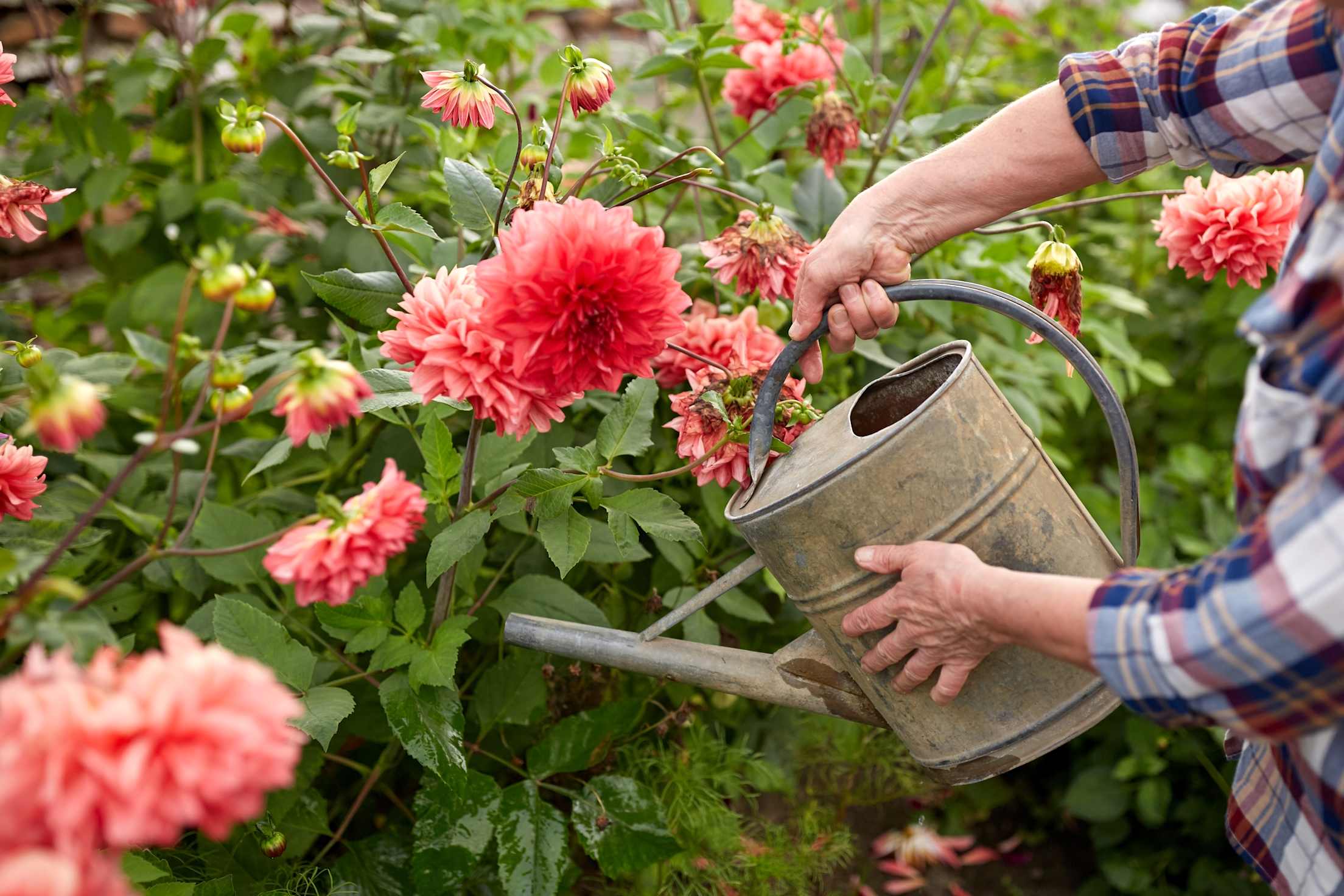
How to Care for Your Home's Foundation
Your home’s support system could use some attention.

Regular maintenance goes hand in hand with home ownership, from replacing the batteries in smoke alarms to resealing the deck. Your home’s foundation is no exception.
“As the name implies, the foundation is the building element that everything else sits on, so its condition is important,” says Kevin Busch, vice president of operations at Mr. Handyman.
Given its essential supporting role, it’s no surprise that foundation issues cause ripple effects throughout the building. You may see damage in several building systems, from pipes to finishings to framing, says Jeff Manning, president and founder of ABG Builders, which serves Nevada, Idaho, and Utah. If there’s water damage, mold outbreaks can occur, Manning says.
Here’s what you need to know about maintaining your home’s foundations, along with common signs of problems.
How to Maintain Your Foundation
Keep these simple strategies in mind to maintain the health of your foundation.
Prioritize drainage.
All water, whether from rainstorms or watering plants, should flow away from the foundation. If your home is properly graded, the ground will slope so that water moves appropriately. “The fine grade of landscape berms, slopes, and other features need to be flowing away from foundations,” Manning says.
Properly functioning gutters and downspouts will also help drain water away from the foundation, Manning says. Clean your gutters regularly, and particularly in advance of storms, to ensure they work properly. Remove clogs from downspouts, and confirm they’re directing water at least four feet, but ideally six feet, away from the foundation.
Finally, keep an eye out for pooling water. No need for anxiety if there’s a small, occasional puddle near your home. “Modern codes require foundations to be able to handle a fair amount of water without issue,” Busch says. Still, frequent or long-lasting standing water remains a problem. Over time, it can harm the concrete and potentially cause structural damage. Excessive water by the foundation can be caused by gutter problems, improper grading, or landscaping gone awry (more on that in a moment).

Water plants around your foundation during droughts to prevent damage.
Prevent drought damage.
While excessive moisture is a problem for your home’s foundation, so too are dry conditions.
“This is becoming more prevalent in western states recently due to the drought,” Manning says. No matter what material is used in a foundation, ultimately, it rests on soil. A drought will cause that soil to shrink, which can lead to cracks in concrete foundations, or could allow entry points for water.
During dry periods, if the soil is pulling away from the foundation, water it evenly, per the Institute of Agriculture and Natural Resources. Make sure to avoid getting water into the gap between soil and the foundation: aim to apply water three feet from your home, not right next to it. The goal is to have consistent moisture, all year round.

Keep trees and bushes away from your foundation.
Landscape carefully.
Be thoughtful about what you plant—and where.
“Near a home, it is best to plant smaller bushes, trees, and shrubs that do not root horizontally,” Manning says. Horizontal roots can run into the home’s foundation, causing cracks and damage.
“Trees like elm, maple, poplar, ash, and other varieties with invasive roots should be removed if previously planted near a structural foundation and replaced with non-invasive landscaping selections,” Manning says.
Keep all plants about three feet away from your foundation to prevent potential moisture-related issues. All landscaping should be designed to shed water away from the home, not toward it, Busch says.
Keep an eye on it.
You’ll want to inspect the foundation at least once a year, but more frequently is preferable.
Aim to do a visual inspection every fall and spring, Manning recommends. Walk around the perimeter of the house with an eye toward cracks. While you’re at it, look for holes in your siding or walls, which can allow pests access inside. Check your basement or crawl space for moisture or mold.
If you’d prefer, call on a professional for a more thorough inspection, Manning notes.
How to Know if Your Foundation is in Trouble
The signs of foundation problems can make themselves known throughout your home. Common warning signs include:
- Water and moisture: Excessive water can be an indicator of a foundation problem, Busch says. Watch for moisture or water in crawl spaces, Manning notes.
- Cracks: These are a big indicator, whether they’re horizontal or vertical, Manning says. Watch for cracks in walls and windows, Busch says. Cracks in the exterior siding, as well as stucco or brick walls, are also a tip-off, Manning says. A roofline that’s noticeably settling can be caused by foundation issues too, he says.
- Sounds: If floors and stairs squeak or creak, it could be the foundation, Manning says. Same goes if stairs or floors sag.
- Windows and doors: If they do not close properly, it could point to a foundation issue, Busch says. Uneven cabinets or other indoor fixtures that aren’t plumb (aka vertically straight) may be another sign of foundation problems, Manning says.
What to Do if You Spot Problems
Foundation problems are a job for a licensed, bonded, and insured contractor, Manning says.
“Foundations require heavy equipment, concrete, sealing and other specialty trades and are not by nature easy DIY projects,” Manning says. Proper mitigation requires a pro, both because it’s complex and because it affects so many systems in the home as well as a home’s resale value, he says.
Whether you own or rent your home, protect your personal property with AAA Insurance.